Steady Statesmanship Goes Global
by Jon Rosales
On Earth Day this year I was honored to represent CASSE at the 67th Meeting of the General Assembly of the United Nations. Based on my views from the meeting, we have finally reached a point where UN member states and staff, including Secretary General Ban Ki Moon, are open to consider models for economic development beyond business as usual. A real opportunity exists to put the steady state economy on the UN’s agenda, but doing so will require that we partner with other interested networks and organizations that have common perspectives.
To understand why this window of opportunity has opened, it is helpful to take a brief tour of the UN’s history of addressing environmental health and human development. Three key meetings punctuate this history — the Stockholm Conference on the Human Environment in 1972, the Earth Summit in 1992 in Rio de Janeiro, and the Rio+20 conference in 2012. The meetings generated two decisive initiatives, Agenda 21 and the Millennium Development Goals, that guide the UN’s work on sustainable development.
In 1972 when environmental policy was in its infancy, or in many places did not exist, the Stockholm Conference solidified the environment as a key component of economic and social development within the UN. As the idea of sustainable development emerged in the 1980s, UN member states began to consider new ways to pursue environmental and economic interests in tandem. At the Rio Earth Summit, sustainable development took center stage, as the conference participants laid down principles for achieving both environmental and social goals in a blueprint called Agenda 21. Unsatisfied with the progress of implementing Agenda 21, member states began working on more specific development goals in the 1990s that evolved into the Millennium Development Goals (MDGs). The eight overarching goals include efforts to eradicate poverty, reduce child mortality, and achieve environmental sustainability by 2015, with numerous target indicators designated for each goal.
Despite all this effort, a variety of critical environmental indicators have declined over the last forty years. The failure to make strong progress on many of the MDGs is terrible news, to be sure, but it provides an avenue for radical change. The UN is now gearing up for what comes after the MDGs in 2015, and member states are embarking on a re-visioning process that includes the Harmony with Nature (HwN) initiative of the Secretary General.
The seeds for HwN were planted, I suggest, with Bolivia’s election of an indigenous president, Evo Morales, in 2006. With a 60% indigenous population, Bolivia represents the strongest voice for the recognition of Mother Nature’s rights. In 2009 Bolivia introduced a resolution to declare April 22nd as International Mother Earth Day. In 2010 the UN began the Interactive Dialogue on Harmony with Nature with speakers on alternative economic models and comments from member states (the fact the CASSE president Brian Czech and I were invited to speak provides proof that the UN is willing to consider steady state economics). Although many member states have used the dialogues for posturing, the devoted HwN staff ensures that they are productive by writing yearly reports that are, in my experience, the most hopeful documents to emerge from the UN since the Stockholm Convention in 1972. The Interactive Dialogue on Harmony with Nature is a chance to insert ideas into the global development agenda that actually address the profound environmental and social problems we face.
In my presentation, I suggested two ideas to pursue. First, science can help us identify specific limits to growth and establish a scarcity signal for the economy, both prerequisites for understanding the thresholds of a functioning steady state economy. Scholars in the area of sustainability science have been working on these thresholds. Johan Rockström and his colleagues at the Stockholm Resilience Center have attempted to compile “the pre-conditions for human development” using nine ecological thresholds that can serve as targets for decision makers (1). Kate Raworth has added development variables under these limits (see diagram). Such researchers are helping to define “a safe and just space for humanity” (2).

Source: Raworth 2012.
Sustainability science provides useful information for establishing a steady state economy by identifying where to remain steady (inside the green donut in Raworth’s diagram) and further quantifying biophysical limits. Scholars in this field, such as Rockström and Raworth, are obvious partners for the construction of the steady state economy.
My second point was that we need to gather wisdom from those cultures and individuals already living sustainably according to the flow rates provided by nature. Steady state economics begins with a budget — the energy input of the sun. Subsistence cultures (and increasingly the solidarity economy movement) align their production and consumption with the seasonal pulses of that solar budget. Now is the time to promote and replicate the efforts of sustainable cultures and individuals.
In Alaska I have researched indigenous cultures that have avoided exceeding limits for thousands of years. Such cultures exist all over the world, yet they often go unnoticed even though they represent powerful examples of life in a steady state economy.
The ultimate goal of subsistence is the production and regeneration of life. Subsistence cultures rely on the land, not only for gathering food, but also for establishing identity and meaning. These cultures live within the green ring in Raworth’s diagram. Their economies respond to the cycles of nature, the seasons, migrations of fish and caribou, and the blooming of tundra plants. These cycles provide a budget that indigenous people understand and incorporate into their traditions. They respect ecological thresholds, having already absorbed what sustainability science seeks to discover. Their traditional knowledge and cultures “are something for the future, not the museums”(3).
But these cultures are also under threat. For example, security networks among pastoralists in Kenya once reallocated surpluses in times of need. Now with the introduction of the cash economy, surpluses are sold. Structures such as the Suqe, or “big men,” of Vanuatu have been abandoned. The Suqe once accumulated “wealth” in the form of shell money or pigs donated to them and assumed responsibility for distributing this wealth in times of need, but the practice fell away with the introduction of the cash economy, religious conversion, and Western-style economic expansion (4).
Destruction of subsistence cultures is destruction of steady state economies, the very purpose of the dominant, neoclassical economic agenda. Not unlike its predecessor (colonialism) neoclassical economics, with its incessant pursuit of growth, works to supplant subsistence economies. This type of “development” devalues subsistence skills, tradition, wisdom, freedom, and knowledge, and even redefines those traits as indicators of something that needs to be changed. Subsistence is often seen as regressive — the ideology of Luddites or a temporary escape for hippies — but it is actually a progressive way of life.
Many people retain or have relearned elements of subsistence, and many young Americans have become interested in it. Communities are reclaiming subsistence culture with community gardens, farmer’s markets, and community power cooperatives, but they are hampered by, among other things, land-use regulations, health regulations, and restrictions to the commons. There’s a role for governments in disassembling these restrictions and supporting those communities and cultures that are interested in developing and maintaining steady state economies.
With advancements in sustainability science and the wisdom we can gain from subsistence cultures, we have an opportunity to establish steady state economies that work for both people and the planet. We also have an opportunity to gain more attention for the steady state economy among member states of the UN. The question is whether we can strengthen our partnerships and muster our best efforts to take advantage of these opportunities.
—
(1) Rockström, Johan, et al. 2009. A Safe Operating Space for Humanity. Nature 461: 472-5.
(2) Raworth, Kate. 2012. “A Safe and Just Space for Humanity: Can we live within the doughnut?” Discussion Papers, Oxfam International.
(3) Vladimir Sangi, Saami reindeer herder presenting at the 2013 Arctic Science Summit Week in Krakow, Poland on April 18, 2013.
(4) Ibid., p. 309.
—
Jon Rosales is CASSE’s Director of International Affairs and an associate professor of environmental studies at St. Lawrence University in Canton, New York.
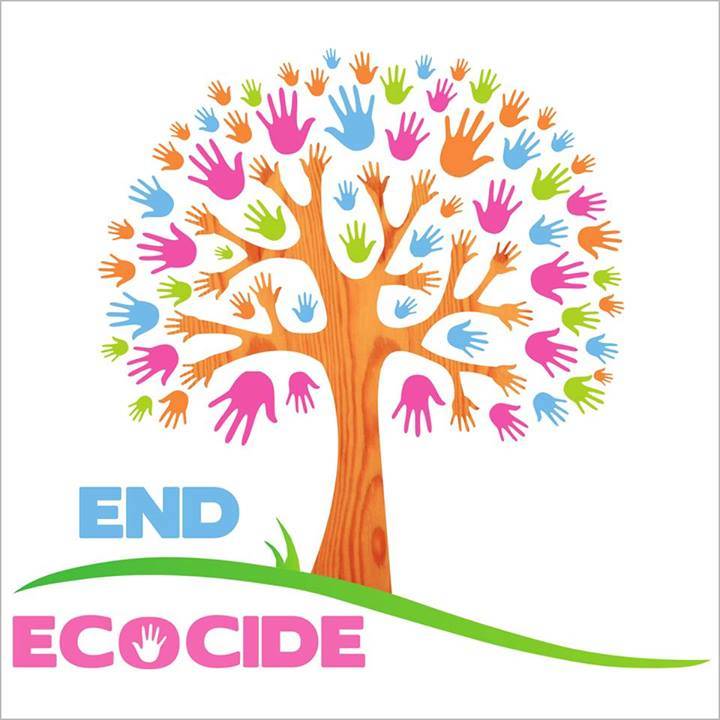
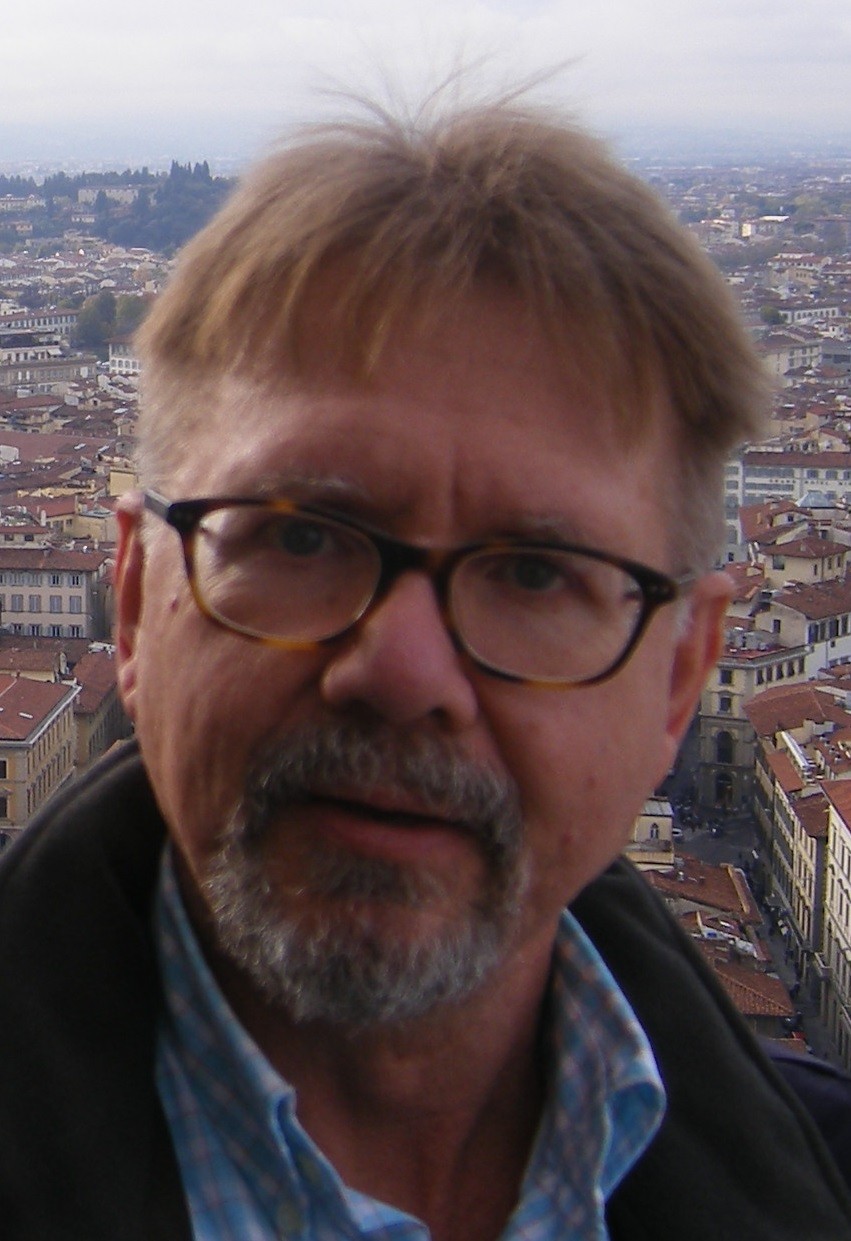
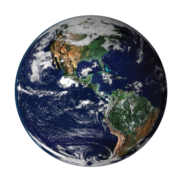
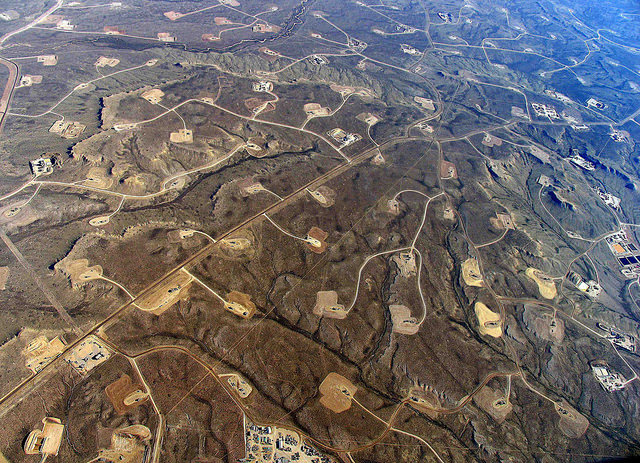

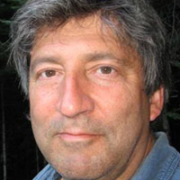


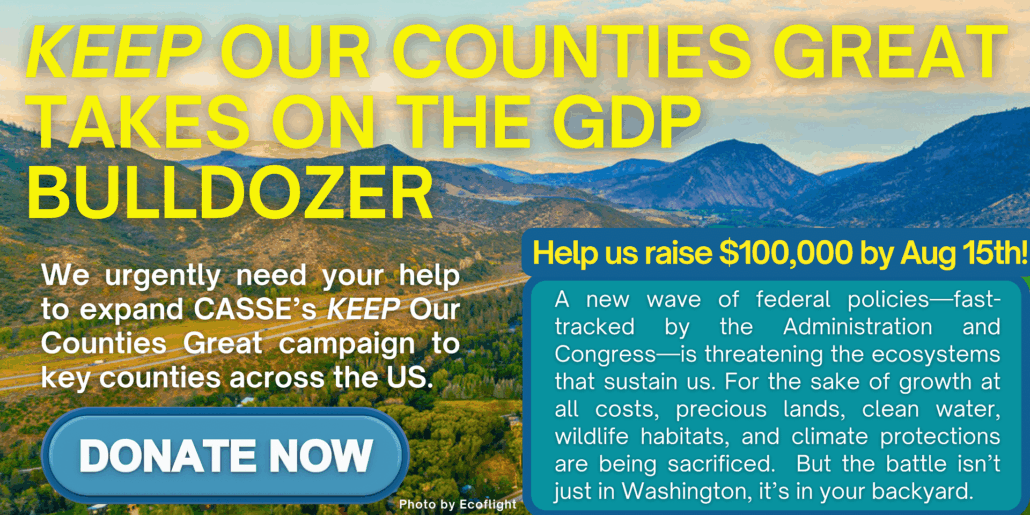
Leave a Reply
Want to join the discussion?Feel free to contribute!
(No profanity, lewdness, or libel.)